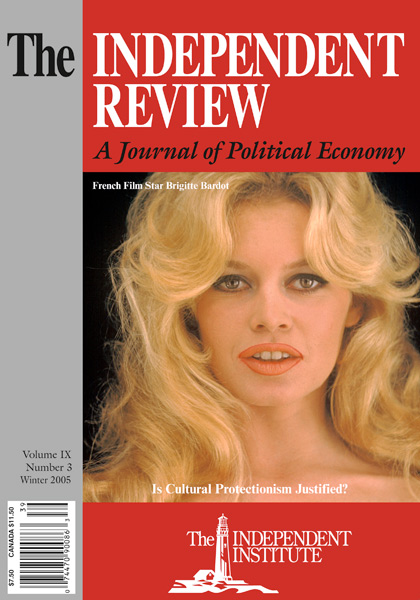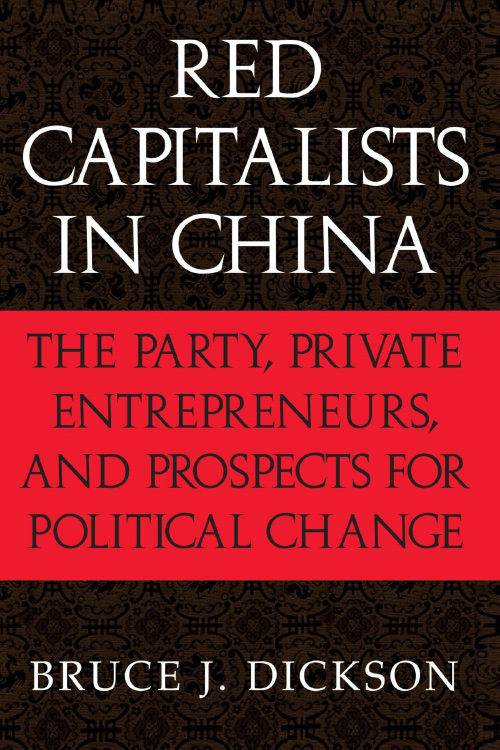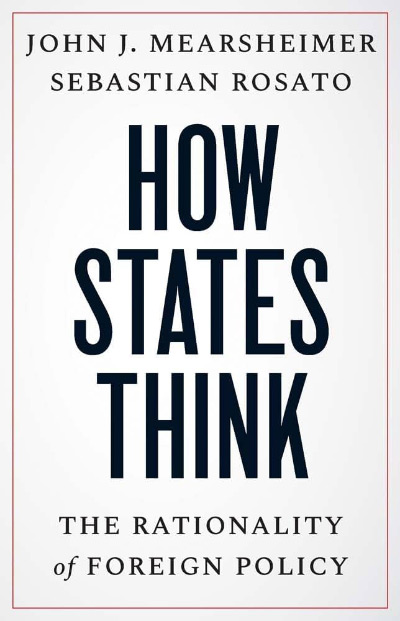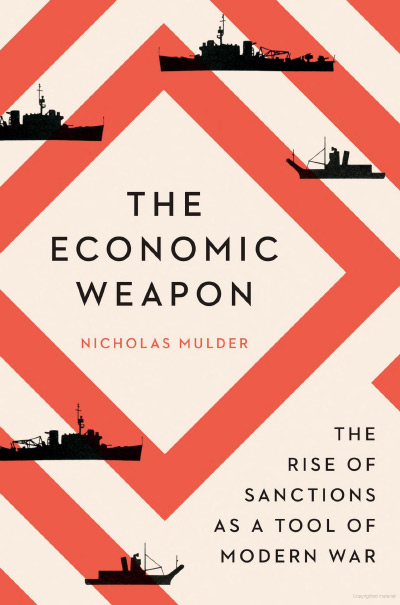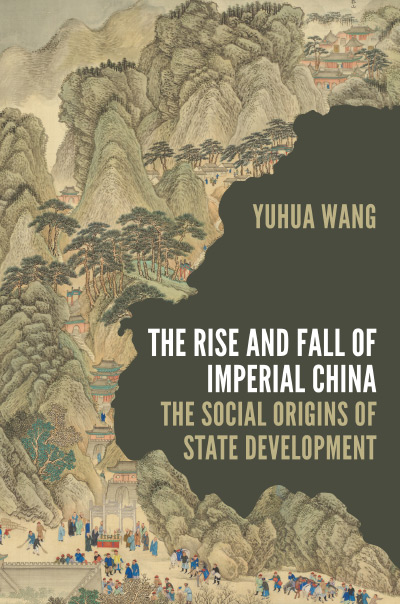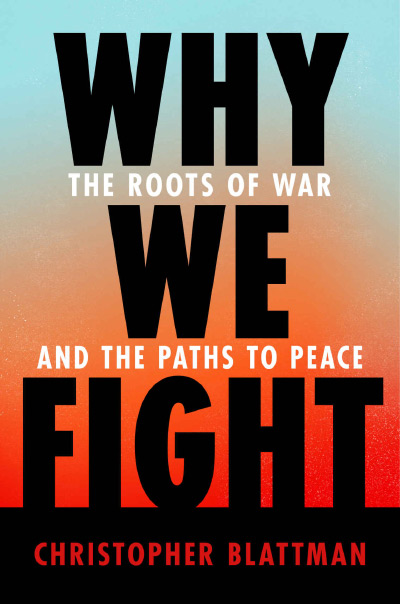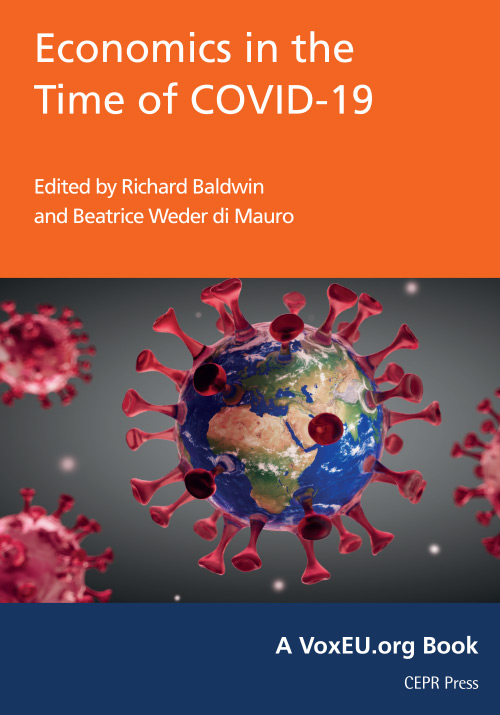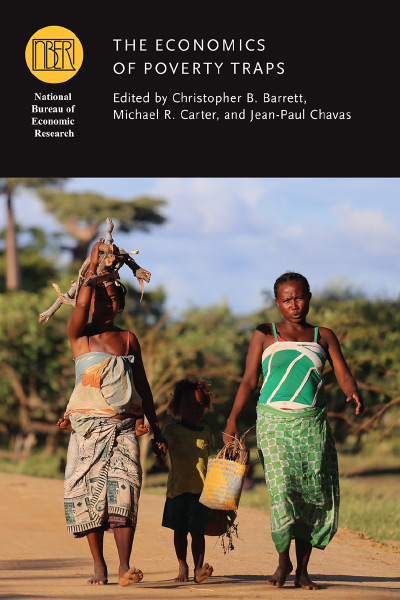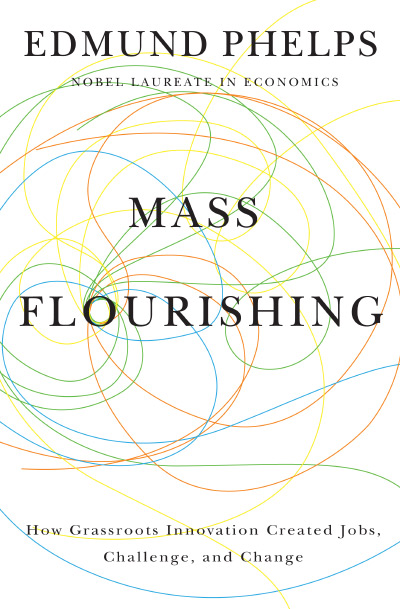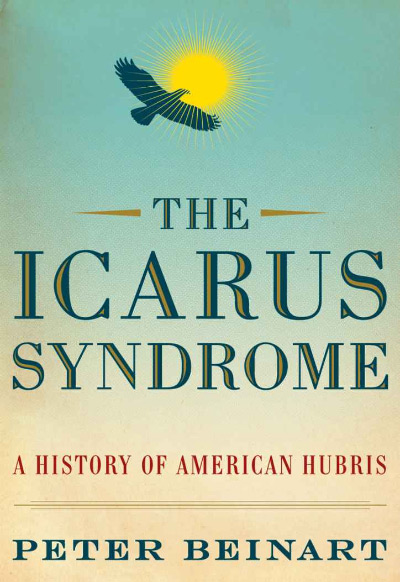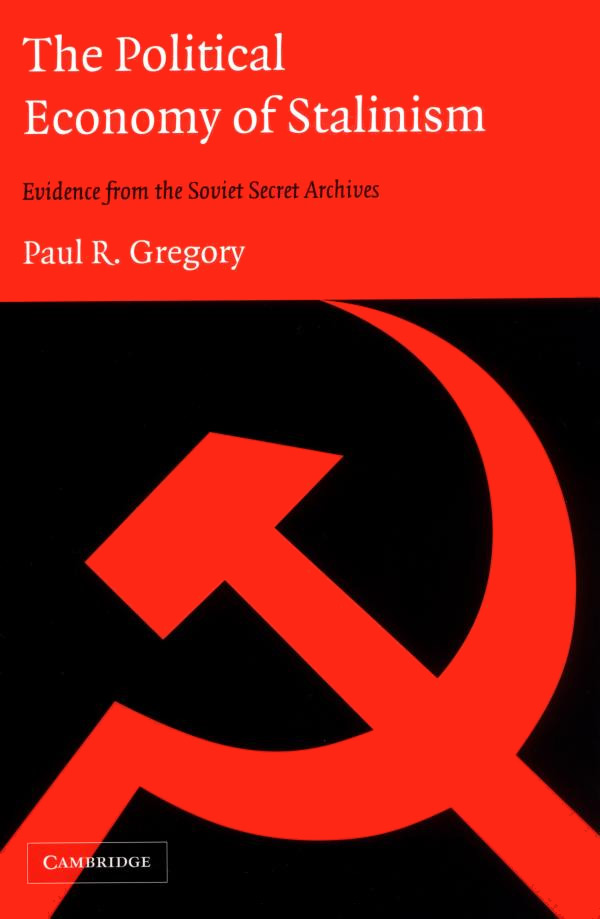Since 1978, China has become one of the world’s largest trading nations, attracted billions of dollars of foreign direct investment, liberalized its economy, and quadrupled its real income per capita. Yet little progress has been made in changing the political regime: the Chinese Communist Party (CCP) continues to have a firm grasp on power.
Without doubt, economic liberalization has given people more personal freedom than they had under Mao Ze-dong’s centrally controlled economy. Today people can own their own homes, travel, work in the nonstate sector, buy automobiles, invest, and aspire to higher standards of living without being controlled by the CCP. In this sense, the party has lost some of its power over the lives of ordinary citizens. Yet its political power remains largely intact.
In Red Capitalists in China, Bruce Dickson, an associate professor of political science and international affairs at George Washington University, provides a detailed analysis of how the CCP has adapted to the growing nonstate sector and how private entrepreneurs have avoided politically sensitive issues in order to achieve success. He focuses on entrepreneurs who have been co-opted into the party and those who were already party members when they entered the private sector. Using survey data, Dickson finds that these “red capitalists” have continued to support the status quo and have not been the “agents of change” that many thought they would be.
Red Capitalists is a well-written and important book with an abundance of data bearing on the relation between economic liberalization and political reform, especially the interaction between the private sector and the state. Dickson’s survey data indicate a close link between local government officials and the private sector, which should not be surprising in China’s “market socialist” system. Political connections allow greater access to markets, and because of arbitrary taxes and regulations, private entrepreneurs must keep a close watch on the government and the party. Moreover, without a rule of law and effective protection of basic rights, neither officials nor entrepreneurs dare to voice their opposition to the existing regime and actively call for Western-style democracy.
In surveying 524 private entrepreneurs and 230 local party and government officials, Dickson found that “China’s entrepreneurs are not yet seeking an autonomous status with which they can challenge the state.” Rather, “they seek to be embedded in the state, and the state in turn has created the institutional means for linking itself with private business interests” (pp. 84–85).
The numerous associations that have sprung up during the reform era, such as the Private Enterprises’ Association and the Industrial and Commercial Federation, advance their members’ economic agendas just as business groups do in the West, but they have not advocated ending one-party rule. That fact, again, should not be surprising because associations must be registered with the government and are often headed by party members.
Dickson finds that the views of private entrepreneurs and those of government officials tend to mesh, especially in more developed regions. Thus, red capitalists are agents for economic growth and stability, but not for political change. Indeed, local leaders have an interest in promoting economic growth and seeking rents while maintaining the party’s monopoly on power.
This finding, as Dickson notes, does not mean that the private sector has no potential to be a factor in future political reform:
As the legal status of private entrepreneurs becomes better institutionalized, and the laws protecting the private sector are implemented and enforced, their appreciation of the opportunities available to them may evolve into expectations of rights enjoyed by citizens. They already exhibit a strong belief in the efficacy of their business associations and their ability to influence policy that may one day lead them to play a more assertive role. (p. 163)
Unfortunately, because of the small size of Dickson’s sample, its nonrandom nature, and the fact that none of those surveyed had any incentive to reveal actual preferences for free elections, free speech, or other civil liberties, the survey method has severe limitations in testing the hypotheses that Dickson advances.
A more serious shortcoming of Dickson’s approach is that it neglects the importance of limited government as opposed to democratic government. No doubt business associations and other elements of civil society are having an impact on limiting government. Dickson would probably agree, but his task is to determine whether a few red capitalists have more “liberal” values—that is, values supporting broader political participation—than local officials and party members have. He also expects that co-opted private entrepreneurs will be more inclined to change the status quo than xiahai entrepreneurs who left their party posts to enter the private sector. The data support neither of these hypotheses.
One can argue convincingly that the CCP’s influence has waned as economic freedom has increased. The interesting questions are whether the party can survive if economic liberalization continues and, alternatively, whether China can become a true market economy so long as the CCP maintains its political monopoly. Free markets require secure private-property rights and thus limited government. China will never have limited government under one-party rule, but democracy may not lead to limited government, either. The CCP’s dilemma is that if liberalization continues, its power will weaken, but if liberalization stalls, economic growth will slow, and the party’s reputation will diminish further. Thus, the party’s future is uncertain.
Although Dickson’s book was published in 2003, the survey data pertain to the late 1990s. Consequently, Dickson could not include more recent events that confirm the importance of the nonstate sector in bringing about political reform in the sense of limiting the scope of government rather than increasing democracy.
One of the most significant changes occurred in March 2004, when the National People’s Congress (China’s parliament) approved a constitutional amendment to give greater security to private-property rights. Although that change was an important signal that Beijing recognizes the key role of the private sector for China’s future development, there is no guarantee that property rights will be enforced. There is reason to believe, however, that the amendment will put pressure on the government and the party to enact legislation to place the private and public sectors on more equal footing.
Indeed, Premier Wen Jiabao has promised to repeal laws and regulations that discriminate against the private sector. As the Wall Street Journal reported on July 28, 2004, “Mr. Wen’s promise adds to a series of steps in recent years to give China’s entrepreneurs official endorsement and equal status” (“China Entrepreneurs Get Boost”). A major symbolic step was taken in July 2001, on the eightieth anniversary of the founding of the CCP, when party chairman and president Jiang Zemin announced that the 1989 ban on admission of private entrepreneurs into the CCP would be lifted.
Dickson notes that, in fact, private entrepreneurs have always slipped into the CCP. They did so in order to have access to loans from state-owned banks and to get other preferential treatment. Thus, many private firms wore “red hats” to get ahead in business. With the ban lifted, more and more firms will reveal their true identity, and the nonstate sector will continue to grow. This development has got to worry hardliners (“conservatives”), even though there is no strong evidence that private entrepreneurs or red capitalists have joined the so-called critical realm of those engaged in political activism.
In considering the CCP’s strategy to forge links to the private sector through control of business associations and to co-opt private entrepreneurs, Dickson ignores other associations that are spins-offs of the economic reform movement and that are playing a significant role in contesting the party’s power. Of special interest are the rising number of homeowners’ associations that have sprung up over the past several years. More than sixty such associations exist in Beijing alone, and some have run candidates for local office. Homeowners have protested in Tiananmen Square over abuses of their property rights, and they are bringing suits against the government. As one property owner remarked, “I bought it. I must protect it” (qtd. in Jonathan Kaufman, “New Crop of Protesters in Tiananmen Square: Restive Homeowners,” Wall Street Journal, June 9, 2004).
Many homeowners work in the private or nonstate sector and may be members of various business associations. To look solely at business associations is somewhat misleading if one wants to get a true picture of how economic liberalization is affecting the relationship between the individual and the state. A rising middle class of shopkeepers and homeowners certainly will be an important force for political change. That it has not become one as quickly as many observers would like does not rebut the idea that economic freedom fosters limited government and personal freedom. Whether it also brings about democratic government is still an open question, although it did so in Taiwan and South Korea. We should also keep in mind that liberty and democracy are not co-equal: individual freedom can be safeguarded only if voting rights do not infringe on property rights—broadly interpreted as rights to life, liberty, and property.
Dickson does a very good job in summarizing the forces that are undermining the CCP’s influence. The end of collective farming, the rise of township and village enterprises, land reform, and new employment opportunities in the special economic zones in coastal areas have given rural workers and farmers (the stronghold of the party) greater independence. As early as 1994, “the CCP announced that half of its rural party branches had become inactive” (p. 45).
The large number of foreign-funded enterprises and the ban on entrepreneurs’ joining the CCP entailed virtually no presence of the CCP in nonstate enterprises. In addition, the large “floating population” in the urban areas stands largely outside the party’s influence, and most young people are more interested in becoming capitalists (with “Chinese characteristics”) than communists. However, as Dickson points out, CCP members are now younger and better educated than in the past, which shows that the party has adapted to the reality of the growing nonstate sector.
Privatization threatens the party because, as Dickson emphasizes, “When the party does not directly control the assets of a firm, it is hard to make managers comply with party policies or to influence the firm’s personnel practices” (p. 42). It is not surprising, then, that in Shenzhen, which already had more than thirteen thousand private firms in 1995, one finds that “less than 1 percent of workers in private enterprises were party members” (p. 39). These facts, among others, should make even the most skeptical observer recognize the importance that economic reform, especially trade liberalization, has had in diminishing the party’s role. Engagement has moved China in the direction of increased personal freedom but has not yet led to a multiparty elections or secured fundamental rights. Ultimately, those freedoms must be won by the Chinese people.
Dickson’s book should appeal to those who want a better understanding of the complex political, economic, and social forces at work in shaping China’s future. His painstaking research and extensive survey data shed new light on the interconnections between economic and political reform and how red capitalists may influence policy decisions. Readers will be rewarded by Dickson’s careful attention to detail, his coverage of the existing literature bearing on the CCP’s changing role, and his vision for real political change as China complies with international norms as a member of the World Trade Organization (WTO) and is subject to increased competition. (For a discussion of the many effects of China’s WTO membership, see James C. Hsiung, “The Aftermath of China’s Accession to the World Trade Organization,” The Independent Review 8 [summer 2003]: 87–112.)
Having read the book, readers no doubt will agree with the author’s conclusion that “red capitalists embody the contradictory elements of the party’s reform policies” (p. 171)—namely, trying to advance the market without fundamental political reform.
| Other Independent Review articles by James A. Dorn | |
| Spring 2003 | The Primacy of Property in a Liberal Constitutional Order: Lessons for China |

